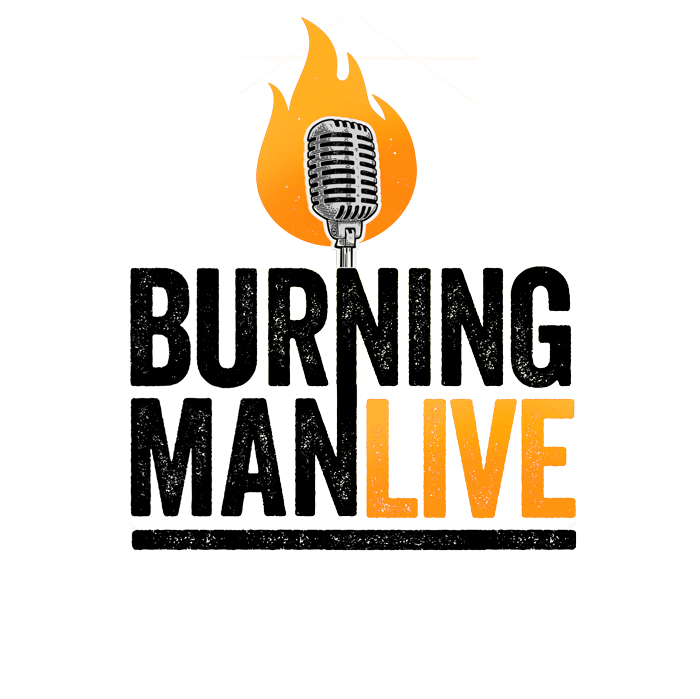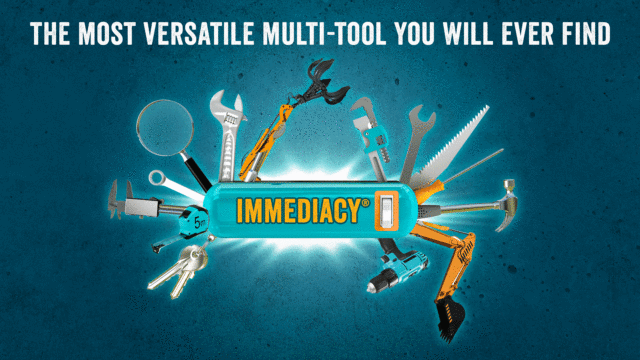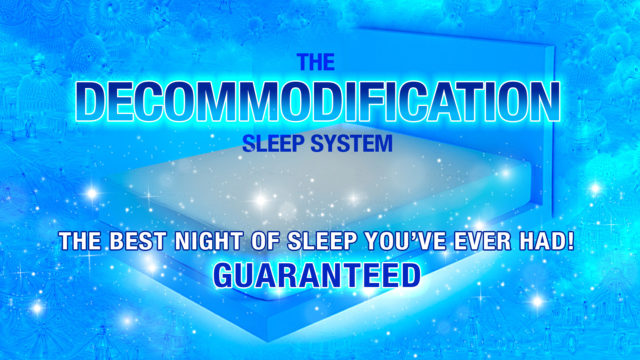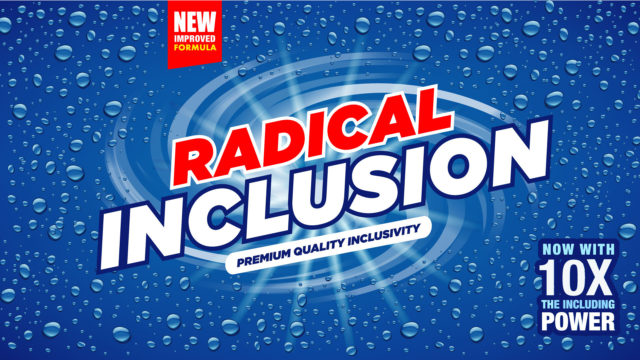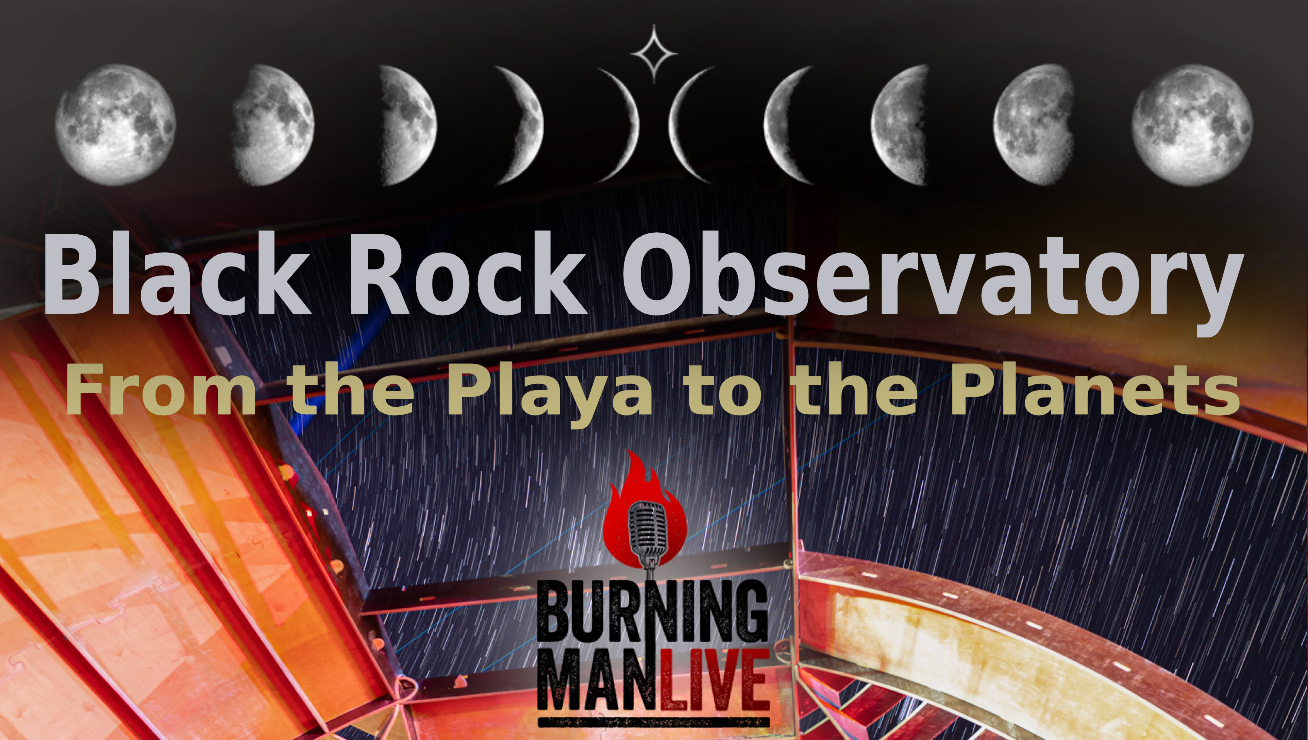
Black Rock Observatory – From the Playa to the Planets
Black Rock City has an airport, a hospital, a post office… and yes, an observatory! For a decade, the Black Rock Observatory has served as a portal to the cosmos, bringing deep space to the desert.
Father-and-son Zoom and Robin Newhouse are at the helm of the observatory that houses several telescopes for viewing planets, galaxies, and even our sun. It also offers a museum of meteorites that are billions of years old. The Observatory theme camp serves as an expert nexus: It is home to Space Talks with physicists and professors who are usually only available within academic halls or behind NASA’s walls.
They bring these offerings to Burning Man Regional events, festivals, and eclipses worldwide, but they save the observatory structure itself for Black Rock City.
They share stories of science and spirituality, and how they garner shared humanity from the cosmic perspective viewable through this lens. And they even have Space Deck tarot cards!
They explore awe and expand perspective. It’s the hard work of building and running a theme camp made worthwhile in that single moment of cosmic connection.
Listen in and look up!
Transcript
ROBIN:
The Burn is so full of the most profound and thoughtful artwork, and people, and ideas, that encourage people to look really inward and understand themselves. It’s really special to have a place dedicated to looking outward, to allow people to experience a connection with the greater universe. And to witness them feel that feeling of expansiveness just really never gets old.
STUART:
Shall I start? Shall I do the thing? I’ll do the thing.
Hey, everybody. Welcome back to Burning Man LIVE, to all of you in all points of the globe, to all the ships at sea, and for this episode, in the furthest reaches of outer space.
I’m Stuart Mangrum, and today I am talking with two of the organizers of the Black Rock Observatory: Robin Newhouse and his dad, Zoom. Hey, guys.
ZOOM:
Hi, Stuart.
ROBIN:
Hey. How’s it going?
STUART:
Outstanding.
I’ve really been looking forward to this show because, for years I’ve been out talking about Burning Man out in the world. And I always tell people, “No, no, no, it’s not a festival. It’s a real city. We got an airport, we got a hospital, we got a Post Office…” I leave out the fact that we’ve got a damn observatory out there too.
Is this a real observatory, or is this like one of those observatories where stoners go to watch, like, laser light shows and listen to Pink Floyd?
ROBIN:
This is a real live observatory with a giant telescope. I mean, the whole thing actually rotates. So if you want to look at something in a different part of the sky, everybody grabs the side of the dome and rotates it. So yeah, I would say it’s a true observatory. We’re a bunch of big space nerds out there.
STUART:
Big space nerds. Okay, then. I’ll ask you a space nerd question. How big is your mirror?
ZOOM:
20 inches
STUART:
That’s pretty big.
ROBIN:
And what is the design, dad?
ZOOM:
It’s a Dobsonian.
STUART:
Dobsonian?
ZOOM:
Yes.
STUART:
Wow, that sounds like you could see stuff pretty far out. What are some of the coolest things that you have been able to see from the Black Rock Desert with that big rig of yours?
ZOOM:
Oh, I think the things that really amaze people the most is seeing Saturn’s rings or Jupiter’s moons. But those are close things. We also look at Andromeda, Hercules cluster, and various star formations that are out there.
ROBIN:
Yeah, I would say, if we’re talking about furthest away, the Andromeda Galaxy is one of our favorites, about 2 million light years away.
ZOOM:
2.4.
ROBIN:
2.4 million light years away. So the light that we are seeing in the Black Rock Desert from the Andromeda Galaxy through our telescope has been traveling through space for almost 2½ million years before it reaches our eyes.
STUART:
2.4 million light years away. Wow. That is crazy great.
I love camping out there, particularly when Burning Man is not happening, and particularly when there’s no moon. I would have to say the first time I saw a night sky out there, on a new moon night, was life changing for me. I grew up in LA, so, you know, I thought the sky was kind of hazy gray with a few pinpricks of light on it. Um.
But during Burning Man, isn’t there a lot of light pollution? How do you do this? Do you have to go way, way out to the trash fence, or?
ZOOM:
We used to be out there. We used to be at 12:00 and 5000, beyond the Temple. And it was nice and dark until lasers and LEDs took over the Esplanade and it got a little too bright to see. And we usually, if we’re looking at planets, we’re looking south, so while we were out there, we were looking straight over Esplanade.
In the past few years we’ve been in the city, one of the G plazas, and they’re we’re looking at over Walk In Camping, so it’s nice and dark.
ROBIN:
I totally agree, when we’re out there during build week and there’s very few lights, it is a stunning sky. It’s so clear. It’s so dark, so beautiful. A lot of people I’m out there with – they’re seeing the Milky Way for the first time and going, “What is that? What’s going on?”
STUART:
Right? “There’s something wrong!”
ROBIN:
“Something’s wrong with the sky!”
STUART:
“It’s broken!”
ROBIN:
But yeah, as people arrive to the city, you know, Black Rock City is a real city with real light pollution, so it’s hard to see some of the deep sky objects. Fortunately, some of the real kickers are, like my dad was saying, Saturn, Jupiter, Mars. Planets are really fun to look at. Fortunately, they’re very bright. So, it’s never a problem to be able to see Saturn’s rings through the telescope.
ZOOM:
And that’s kind of the point of a telescope; it not only brings things a little closer to you, but it’s a big light sucker. So even when it’s a little bright out, it collects a lot of light, focuses it on your eye.
STUART:
That’s interesting; so being in town actually nowadays gives you less light pollution than being out in open playa with all the giant laser art cars.
ROBIN:
Yeah, well, it depends what we’re looking at. And when we were out in deep playa, we found we’re often looking at the ecliptic where the planets are, and that is south over the city. So we’re looking through a couple of miles of light and dust. So we asked very politely to be put farther out on the end of the city. And we’ve been at 3:00 and G for a while, so we look out over Open Camping and that helps a lot.
STUART:
Well, I know there has been a movement to declare some of that land ‘dark sky sanctuaries,’ luckily, not the Black Rock Desert yet. But I think there’s one pretty close to the north called Massacre Ridge, because that is such a precious thing, these days anymore.
I think Black Rock City has the lowest McDonald’s score – have you ever heard of that one? You know that one, like the furthest point on earth from a McDonald’s? Somewhere in Oceania is probably further, but yeah.
ROBIN:
So far.
STUART:
So this sounds so much fun. What do you do during the day?
ZOOM:
Well, we have a meteorite museum. We’ve got about 30 samples of different types of meteorites, and that’s always a lot of fun. Kids love it.
ROBIN:
The meteorite museum, that’s one of my favorite parts that has grown from the observatory. It originally started as a line wrangling technique. We would bring out a big meteorite and hand it to people and talk about, “You’re holding a piece of the universe that’s 4.5 billion years old.” And we started collecting more and more meteorites.
And, one of our campers, Anthony Lanni, has a huge collection of incredible specimens of meteorites. Unfortunately, he passed away in 2018, we called him the Rock. He knew everything about the rocks, the meteorites, and his family very graciously has lent us a lot of his collection to bring out to the desert. This is one of the meteorites that we would hand out to people in line and talk about, “This is a piece of Campo del Cielo meteorite that landed in Argentina thousands of years ago.”
STUART:
What’s it called?
ROBIN:
It’s called Campo del Cielo, named after where it landed. It means field of the sky because the native Argentinians saw it falling out of the sky, saw a huge amount of meteorite material falling out, so this is just one chunk of many that has landed in that field.
STUART:
That’s a big chunk. It’s like fist sized, dark, dark edging into black. It looks heavy.
ROBIN:
Yeah, yeah. It is really heavy.
STUART:
It has a lot of iron in it?
ROBIN:
This is 93% iron and 7% nickel, and some trace elements of other stuff. This is the iron core of a rocky planetoid from the asteroid belt. So this is kind of similar to the Earth’s core, a. All the metals fall to the middle. And when it got broken open and thrown towards our planet, this is the piece that landed on our surface.
ZOOM:
Yeah. The star of our show, the one we use in line wrangling, is 16 pounds. So you drop that into somebody’s hands, and it’s a whole lot heavier.
STUART:
Wow. That’s like a bowling ball, yeah?
ROBIN:
Yeah. Sometimes I like to play dinosaurs and climb the tallest structure I can find and throw the meteor off as hard as I can.
STUART:
Um, that sounds super geeky, I love it.
ZOOM:
And we also give space talks. We have a bunch of folks come out and talk about astronomy and other subjects during the week.
ROBIN:
I love our space talks. It’s a cool series that we’ve been doing for many years. And, yeah, we invite out some people who are just hobbyists who hunt meteorites, and some people who are active professors, doing astrophysics research, fusion research. Pretty big names in their field come out to the city and share a bit about what they’re working on. It’s been really fun to interact with them and have them out. The space Talks are one of my favorites.
ROBIN NEWHOUSE:
We will almost have our full astronomer panel in T minus 10 seconds…
KATIE CAROLAN:
Hello everyone. Good morning. I’m Katie. I’m in charge of the observatory in the telescopes, in the dome, Black Rock Observatory. You should come look through our telescopes in the evening if it’s clear.
I have my Bachelor’s in astronomy, and I worked at Griffith Observatory in L.A. doing outreach, running the telescopes there for ten years. So I just love talking to people about space, anything spacey, anything sciencey.
I just love the experience of looking through a telescope and feeling very connected to the very far away and the very long ago, and I think that experience is really important for people, which is why we bring the telescopes here.
ORKAN UMURHAN:
So hi, my name is Orkan Umurhan. I’m a mathematical physicist but I work on origins of the Solar System and structure formation, like, from exoplanets down to planetesimals in our own Solar System. I work a lot on the question of how the fundamental building blocks of the Solar System is formed in turbulence, so it’s pretty trippy as it is. So I work in trippy subjects all day long.
JAMES CHAN:
Hello, I’m James Chan, an astrophysicist from New York. Currently, I’m at the Museum of Natural History, is I think one of the best museum in the world.
My interest is about black holes, but I do try to study the inner structure of supermassive black holes using the technique called visual lensing.
ROBIN:
Our solar telescope?
ZOOM:
Oh, yeah. That’s another thing we do during the day.
ROBIN:
Yeah, during the day, there’s very few stars, but there is one very good star, which is the sun. And that deserves all of its observation as well. So we have a solar telescope. We have a couple of solar telescopes. Some very nice ones. We pull out the scope, point it at the sun. (Don’t do that with a normal telescope.) We have some very precise equipment to keep it from burning your eyes.
We point the scope at the sun and you can see solar prominences and sunspots, and even a little bit of texture on the surface of the sun. It’s really – it’s an amazing thing and kind of a fan favorite.
And actually, this year we met somebody who told us, years ago, maybe three or four years ago, he didn’t even know a solar scope existed. He looked at ours at Burning Man for the first time, was blown away, and since then has become a solar astrophotographer. And he was showing us some of the pictures that he’d taken, and they were absolutely mind blowing. Just some of the best solar astrophotography that I’ve ever seen.
So it’s really nice to hear those stories where our presence has just inspired somebody to take a dive into astronomy to really learn more about the universe that we live in. That was a really special moment for me to hear the inspiration.
ZOOM:
We attract a lot of space nerds!
STUART:
So your camp is not all astrophysicists, but, Robin, you have a background in astronomy and physics.
ROBIN:
Yeah. I’ve been really interested in astronomy and the universe since a pretty young age, as a teenager. I’ve always been really drawn to it. I got a degree in astronomy. And then I totally switched sides and went into particle physics. I have another degree in particle physics. But yeah, astronomy’s always kind of been in my heart. And is something that I’m really excited to be able to bring out to playa and share with people, and share the profundity of the feelings that it brings up.
ZOOM:
Robin was interested in science and looking at things, and I bought a telescope; you were like 12, something like that. And, you know, ever since we both had the bug. And like Robin said, showing people a planet or galaxy for the first time, in a place where it is totally the last thing that they would expect, is really mind blowing for people.
We’re a portal to the actual art that’s out there. We’re not really doing much but providing a telescope, and the awe and wonder that it inspires in people, it gives people perspective about their place in the universe, and how absolutely small we are compared to all that. All of the work that’s involved in, you know, organizing a theme camp and an art project and doing all this stuff, it just seems so tedious and insurmountable up until that moment that you first open the observatory and somebody goes ah-ha! And then it’s all worth it.
ROBIN:
My dad, he’s humble, but he’s an incredible astrophotographer and has a bunch of very cool images that he’s taken of nebulas and galaxies. And yeah, I’ve got a bunch hanging on my walls, actually.
STUART:
So how did you guys end up at the Black Rock Observatory? I guess it was there before you encountered it, and now somehow, through some twist of fate, you ended up basically organizing it. Tell me what that path was like for you.
ZOOM:
Well, we went to Burning Man together in 2014, kind of on a whim, and heard there was an observatory. Robin went out and found it. Um. I went out and did not find it. But we were both pretty excited about the prospect of running telescopes. So we connected with them in the year following, and ended up joining them in 2015, and have been with them ever since.
ROBIN:
So it began as an art project, coincidentally the same year that we went for the first time in 2014. It was founded by Tom Varden, and the Desert Wizards of Mars, and really took off and was a huge success. It used to just be an art project that had a small art support camp just for, you know, staffing and building. But over time, we kept attracting people who were interested in space and going to Burning Man.
More and more people wanted to be part of it. And what around 2017, 2018, we officially became a camp and decided to have more offerings, and more activities, and gather more people. I think that’s been a really, wonderful evolution of something that started out as a beautiful art piece and project that has, you know, continued to grow and evolve.
STUART:
Tell us about the structure.
ZOOM:
Oh, it’s a beautiful dome designed by Gregg Fleischman. It might seem some of out on playa. Really nice plywood structures with no fasteners. They all fit together.
STUART:
All that wood joinery; he did a Temple, one year. Beautiful stuff.
ZOOM:
Gorgeous. Yeah. And it’s going on 11 years now.
ROBIN:
Yeah. The dome is amazing. Super resilient. We’ve built it many times out on playa. I’m just so impressed. Yeah, it’s all Baltic birch. And like you said, no fasteners at all. It’s all just amazing geometric puzzle pieced together, and rotates. Yeah, it’s an incredible piece of art. And it’s getting old, and some of the pieces are breaking and…
ZOOM:
We’re thinking about replacing it this year. We’re going to have him design a new one for us.
ROBIN:
Yeah, we are definitely on the journey to replace it with another structure. We want to work with Gregg Fleischman again. He has some ideas and some updated designs. And so this year we’re going to really start pushing and start a fundraising campaign, and try to have a brand new observatory for you all out there in 2026.
STUART:
That’s super exciting.
And it’s not just for Black Rock City. I understand it travels a bit elsewhere. Tell us a little bit about that.
ROBIN:
The Black Rock Observatory, of course, was born at Burning Man, but it’s taken on a bit of a life of its own. One of the exciting things that’s happened over the years is we’ve become a 501(c)3 educational nonprofit, which enables us to do a lot of things, and one of those things is to go as an entity to different festivals, to museums. We’ve been to both the Oregon Eclipse and the Texas Eclipse festivals.
We don’t usually bring the dome. You have to go to the real city to get that full experience. But we bring our telescopes, we bring our people, we bring our meteorites, and we bring our experience, and our knowledge of sharing space, and communicating science, and communicating that enthusiasm.
So we’ve also been to also the Los Angeles Natural History Museum. There’s talks about going to Iceland for the eclipse. And yeah, we’re really excited to be able to bring the observatory and its folks,all around the world, teaching.
ZOOM:
We’ve go to other regionals, too. We go to SOAK, to YOUtopia, Lightning in a Bottle… This weekend we were at “Same Same But Different.”
ROBIN:
And a couple of the regionals that are based in British Columbia, where I am right now.
STUART:
So I love talking with multi-generational Burner outfits. How’s the spin for, for your relationship, being a father and son out there and doing this, all this togetherness?
ZOOM:
It’s fantastic. It’s the only chance we get to see each other for two weeks straight.
ROBIN:
Yeah, it’s been really fun. So we went to Burning Man together for the first time. We both had no idea what we were doing. Um, just kinda got thrown into the deep end, and have been hooked ever since; we’ve been going every year. And it is a really wonderful thing to get to share with my dad. I mean, on top of the fact that because we’re now theme camp organizers, we are on the phone with each other every day for three months leading up to the Burn. It’s wonderful to see, I can tell it’s just for both of us, the place where we feel most ourselves. And to get to see my dad in such an amazing leadership position. That’s been really nice.
ZOOM:
Yeah, we’ve also built a really strong family within camp. We have some really close friends who we would do anything for, and they would do anything for us.
STUART:
That is the really amazing part of having a camp. People don’t go into it expecting that, but that’s often what they come away with.
ROBIN:
Yeah, it’s been great.
STUART:
But yeah, also those late night calls about the grey water systems. I’m sure, that’s…
ROBIN:
Oh, you know it! We talked a lot about grey water this year!
ZOOM:
Oh, yeah.
ROBIN:
I think one of the also unexpected benefits of that is: our camp itself is pretty diverse in, kind of all aspects, specifically in age. I think we just have a broad range of ages that come to our camp. I really had a wonderful time getting to know my dad’s friends and him getting to know my friends, and everybody in between. It makes for a really welcoming environment. I think that’s a really important part of building a family like this. That has been a really unexpected joy that’s come from it.
ZOOM:
We also have an awesome camp chef. We eat so well. It’s amazing.
STUART:
Oh, so you don’t just eat astronaut food, like freeze dried ice cream and stuff?
ZOOM:
No. But we do have a party on Tuesday nights. We have a party called Space Pants Space Dance, and the signature drink is Tang and vodka.
ROBIN:
Well, maybe not astronaut food, but astronaut drink.
STUART:
That is the beverage of champions.
Yeah, all that age group. I know kids love this too, right? I know that it’s been a favorite attraction for Kidville and the Explorers for years. What’s that like, having youngsters out there looking through the telescope.
ZOOM:
Oh, it’s why we do this! Watching a kid’s eyes light up after seeing a real planet for real, and just falling into it and falling into the understanding, the passion that we have? Watching them gain that?
And the kids when they come to see the Meteorite Museum or the observatory, we give them a little piece of space rock.
ROBIN:
A little piece of meteorite, and a little info card with details about what it’s made of. Yeah, whenever a kid comes to visit the observatory, we try to make sure that they get a piece of space. And also, not just that, but understand what it is that they’re holding and start them young to start getting that grand cosmic perspective in their minds.
ZOOM:
Also watching, not just kids, but anybody come – we have people come to us all the time telling us, “Oh, you know, I looked through your telescope a few years ago and it really inspired me to go out there, and I got my own telescopes,” and they tell us how much it meant to see that little planet with the very own eyes, and it just put them on this path towards looking up.
STUART:
Oh, wow.
ZOOM:
We have some stories of inspiration that just really just warm my heart. Justin came up to us at Center Camp. We did an “Ask an Astronomer” at Center Camp this year. And when our program was over this guy came to us and said, “I looked through your telescope for the first time in 2018, and it inspired me to get my own telescope to do some astrophotography.” And this guy showed us some astronomy pictures that are mind bogglingly good.
ROBIN:
And he was just so excited. He’s like, “Thank you so much for sharing that with me. This has been such a fun adventure. I’ve always wanted to camp with you guys, but I’m shy.” And we’re like, “This is amazing. What? Look what you’re doing!” Yeah, and we get that like not infrequently. And it’s cool to be part of something that inspires people.
STUART:
Have you ever converted any astrology fans? I mean, somebody who comes into camp wanting to know about Mercury being in retrograde, and you show them the actual Mercury?
ZOOM:
Yeah, we tell them what Mercury being in retrograde really means. That it’s an observational thing. Well, the founder, Tom Varden, had a really good response when somebody asked that question. “How do you deal with the people who come in with this astrology perspective?” And he said, you know, there’s room for both, whatever it is that you use to reflect on your life and look inwards, if it works for you, that’s fine.
We do also try to help them understand what it means when your Saturn Returns. It means that it’s in the same place in the sky as it was when you were born. And then we show them Saturn!
ROBIN:
Yeah, exactly.
Often when people come in with a big interest in astrology, what they’re seeking is a connection with the universe in some way, some kind of meaningful spiritual human connection. That’s wonderful, and we love that, and encourage that in any form. What we also really like to do is show them that there is real, tangible, physical, spiritual connection with the universe. We show them Saturn. We show them that this is made of star stuff, you are made of star stuff.
I think, science is not only compatible with spirituality, it is a profound source of spirituality. And, the act of being able to share with somebody how deeply we are really connected with the universe in ways that science has shown us, that brings that connected, soaring feeling, and elation, that science and spirituality are not mutually exclusive, but really profoundly connected.
ZOOM:
Yeah. We have a tarot deck that we made. It’s called a Space Deck. And it is a combination of science facts and tarot from, that comports with the traditional tarot deck, and a little bit of Burner humor.
And we do astronomy readings. Basically, we’ll sit, just like a tarot reading, we’ll sit at the table with somebody and they’ll pull a card and we’ll look it up and talk about what it means in the traditional tarot, and what that particular image is of. You know, whether it’s a planet or a constellation, or Vera Rubin, who did a lot of the research into… basically discovered that dark matter exists.
STUART:
So you have a dark matter card, or you have, like, a magician card?
ZOOM:
Well, we have a Vera Rubin card. And we have a black hole card.
STUART:
Okay. I’m gettin’ it.
ZOOM:
And a few of the images are astrophotos that some of our observatory members took. And a lot of it is just, you know, humorous cultural references: David Bowie, of course.
DAVID BOWIE:
And I’m floating in the most peculiar way
And the stars look very different today
STUART:
Zoom out a little bit. What does that tell you about Burning Man? What does it mean to you? And what’s the value of Burning Man out in the world?
ZOOM:
I think it’s the same kind of thing; it connects people with each other, and they’re things, their projects. One of the best things about Burning Man is Build Week…
ROBIN:
Build week!
ZOOM:
…where you’re watching people create and helping do it, and making connections with each other as you do it.
ROBIN:
Yeah, it’s about sharing experiences and perspectives and connections. We get to share something that’s really meaningful to us. We get to go see what people want to share with others. That’s been a really big part of it for me. Yeah, I like to share this perspective that I have, that a lot of our campers have, this cosmic perspective with the world. And it really resonates with a lot of people.
And there’s a lot of things that I don’t expect to experience when I’m out there. But I think that many people are primed to receive these new experiences and these new perspectives. That’s why I feel it’s important to me, and something that I like to try to take out into the default world a little bit.
Another really important part of why we do what we do relates to one of my heroes, I guess, Carl Sagan. He was an incredible astronomer, but really dedicated his life to this idea of sharing science with the public in all forms, including his TV series, his books, his work, the Golden Record on the Voyager spacecraft. And all of this was centered around sharing the idea of the cosmic perspective. Which means, if you take a step back and look at our small, fragile planet from outside, it really does powerful things to your perspective of the world.
Part of that is immediately quelling the feeling of hate. It’s just so hard to feel anything besides our shared humanity, when you look at the pale blue dot of our planet. Another thing for me is that it just makes the pains and worries and anxieties of life feel so small and insignificant, and brings a really deep, grounded sense of peace.
It’s a perspective that I think is really precious and important and brings us all together really deeply, and something that I like to share with the participants that come by the observatory.
CARL SAGAN:
From this distant vantage point, the Earth might not seem of any particular interest. But for us it’s different.
That’s here. That’s home. That’s us. On it, everyone you love, everyone you know, everyone you ever heard of, every human being who ever was, lived out their lives.
The aggregate of our joy and suffering. Thousands of confident religions, ideologies and economic doctrines. Every hunter and forager, every hero and coward, every creator and destroyer of civilization. Every king and peasant, every young couple in love, every mother and father, hopeful child, inventor and explorer, every teacher of morals, every corrupt politician, every superstar, every supreme leader, every saint and sinner in the history of our species lived there, on the mote of dust suspended in a sunbeam.
ZOOM:
I’d like to give a tip of the hat to Carl Sagan’s wife, Ann Druyan, who was actually the producer of Cosmos. She’s often not given enough credit for her contributions.
ROBIN:
Absolutely. Yeah. Ann Druyan is incredible and was, you know, Carl Sagan’s counterpart in a lot of this incredible work of sharing this perspective.
STUART:
So why do you guys bring an observatory to Burning Man?
ROBIN:
Like I said, I’ve been deeply in awe of the night sky and our universe for a long time. Since I was young, I’ve been really drawn to astronomy. And I don’t think I had a name for it at the time, but I think now I understand that studying and understanding the cosmos was my source of spiritual connection with the world.
So that, of course, drew me to pursue a degree in astronomy, and it was towards the end of that degree that I was introduced to Burning Man. And I think it was just the most perfect connection. The Burn is so full of the most profound and thoughtful artwork, and people, and ideas, that encourage people to look really inward and understand themselves. It’s really special to have a place dedicated to looking outward, to allow people to experience a connection with the greater universe. To me, that somehow says, “Look, the beauty out there is so incredible and it deserves to be part of our experience.” And to witness them feel that feeling of expansiveness just really never gets old.
STUART:
Outstanding. So what’s next year look like? You mentioned perhaps getting a new structure built. Any other changes ahead? Bigger and better?
ZOOM:
We kind of like the size we’re at.
ROBIN:
Yeah, we have expanded to a larger camp before. It was too many people! I think where we’re at now is really good. It keeps a good size, that everybody can know each other.
STUART:
What’s the number?
ROBIN:
We’re about 50 people. We found that’s really nice to make sure that everybody has a chance to, you know, be part and contribute and experience the rest of camp.
STUART:
Fantastic.
ROBIN:
The big change would be building a new dome. There’s also some talk about a return to deep playa, because it is really fun to encounter the observatory out there.
I think we want to continue what we’re doing, spread the mission a little wider, continue having the events at different festivals. But also I would love to see more camping, star parties out around the desert.
STUART:
You guys ever get called darkwads?
ZOOM:
No, we don’t, because we wear light!
ROBIN:
That was one of the hardest parts about being in the deep playa, other than the two and a half mile commute to our shift, was, you know, as an observatory, we don’t want a lot of light around. And so we had, you know, very dim little pylons of red light to keep art cars from running into it. But also that means no one could ever find us! So I guess we did start out as darkwads.
ZOOM:
We still had pretty good crowds out there though!
STUART:
Anything else you want to add before we roll up the sidewalks here?
ZOOM:
One of the things I like best about the observatory is how unexpected it is for people. They trip across it, and they go, “Oh my gosh, I’ve never looked for a telescope. Is that real? Is that just a sticker you put in there?” It’s mind blowing. And you know, you do all this hard work and getting ready and all of the stress and ‘recreational moving’ that is Burning Man, and you wonder if it’s worth it. And then you set up the scopes and somebody looks in it and goes, “Oh my God, that’s Jupiter as fuck.” And it’s all worth it.
ROBIN:
I think that’s a great way to put it.
ZOOM:
I’m really glad we decided to do this so long ago, and, looking forward to many more years of doing this, and really appreciate what Burning Man has done for me and my family.
STUART:
My guests have been Zoom and Robin Newhouse of the Black Rock Observatory. Thanks so much, guys, for showing up. I appreciate it.
ZOOM:
Thank you.
ROBIN:
Thank you so much. It’s great to be able to share what we love to do with the rest of the world.
STUART:
Alright, Vav anything we missed?
VAV:
You got it all, from what I can see with the naked eye: the sun, the moon, and the stars.
Burning Man LIVE is a labor of love from the Philosophical Center, a core program area of Burning Man Project, a nonprofit public benefit corporation.
We pull it together with two cans and a string, and donations from various earthlings.
If this reverberates in your ears, please take a minute to pay it forward to the next listener of the next episode.
Go to donate.burningman.org and choose a one time amount.
It’s actually a pretty interesting way to spend a minute and whatever money you can share.
Thanks to Robin Newhouse, Zoom Newhouse, and the many campmates, experts, and space nerds that create their Space Talks, Meteorite Museum, Space Pants Space Dance, and live viewings of planets, stars and galaxies from various places on THIS planet.
Thanks to my team, Actiongirl, DJ Toil, kbot, Lotus, Martini, Mockingbird, Vav-Michael-Vav (That’s me), and many others.
And, thanks, Larry.
more

 Robin Newhouse
Robin Newhouse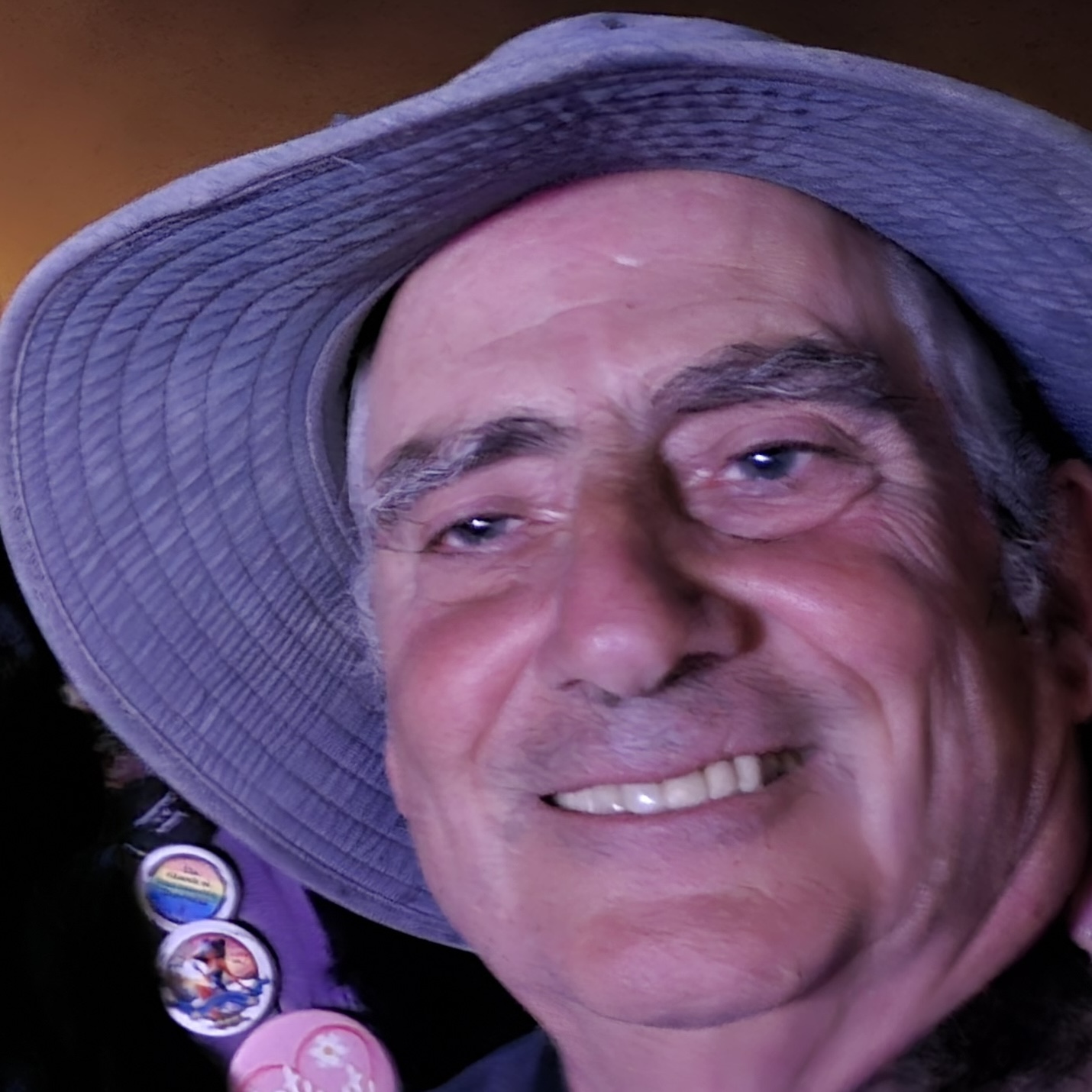 Zoom Newhouse
Zoom Newhouse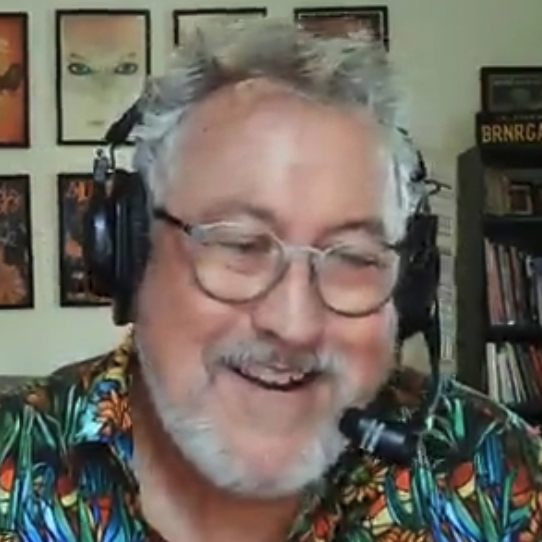 Stuart Mangrum
Stuart Mangrum
